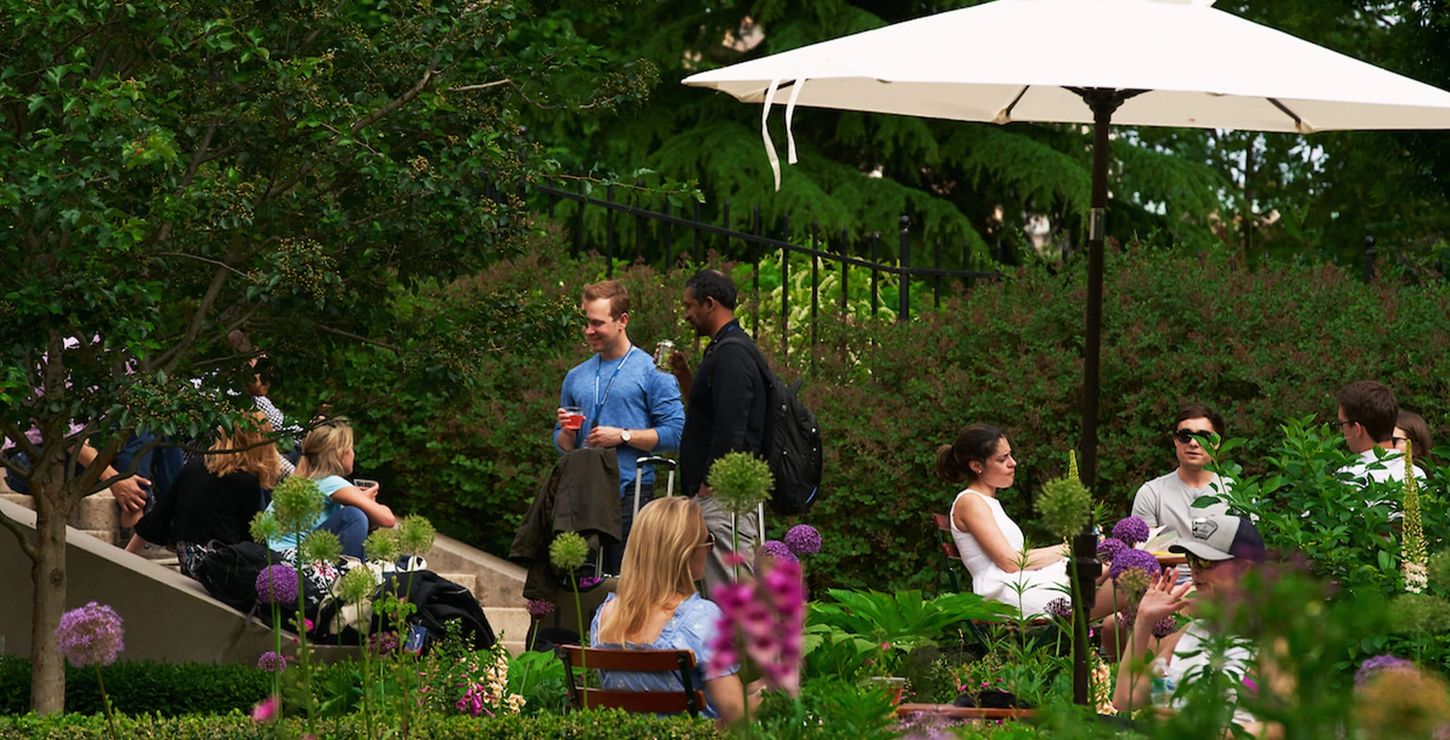Rodin Museum
Enjoy a change of scene at the Rodin Garden Bar pop-up. Explore the Rodin Museum, enjoy refreshing summer cocktails and tasty small plates, listen to music, and take in the garden oasis.
Open every Friday; May 24–August 30
Things to Know
- Family-friendly.
- Leashed four-legged friends are welcome in the garden.
- Tables are limited and will be available on a first-come, first-served basis.
- A guided exhibition tour of Rodin’s Hands meets in the Main Gallery. Learn more.
- Weather permitting.
